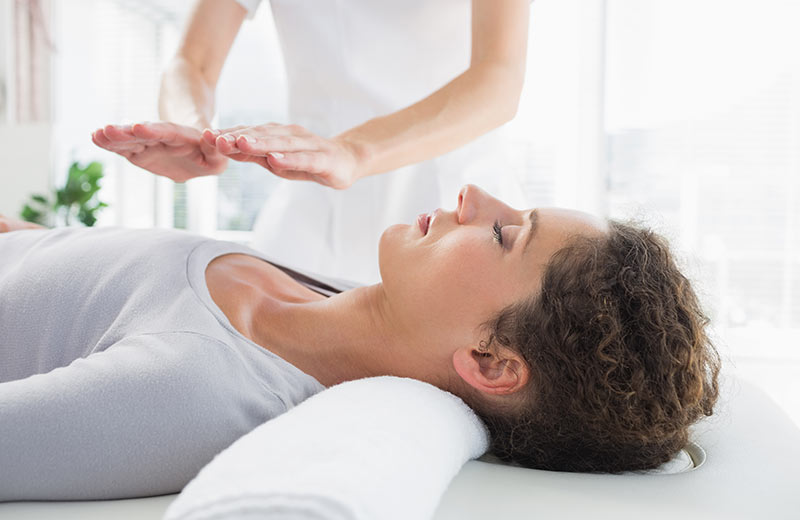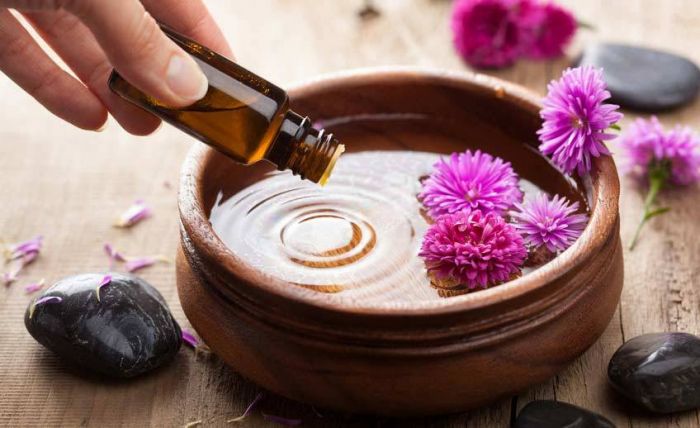
Having you been thinking about making the switch to alternative medicine, but don’t know where to start? Who do you call when your migraines flair up or your back is killing you? Alternative medicine is becoming much more mainstream in the US, but it’s hard to know what type of treatment to try or how to get started. Here’s our round-up of alternative medicine therapies, along with the key points to know about each one before you make the switch.
1. Reflexology
The focus of reflexology is to apply pressure to specific points on the feet, and sometimes on the ears or hands. Each reflexology point corresponds with a different organ in the body, and proponents of this alternative treatment believe that stimulating those points has a positive effect on your health.
For example, when a reflexologist applies pressure to a specific spot in the arch of the foot, it is believed to improve the function of the bladder. One of the cool things about reflexology is that you can learn to use the technique on yourself at home; you don’t have to go to a professional reflexologist.
Reflexology can be useful on its own, or it can be used as a complementary treatment for conditions like asthma, kidney issues, diabetes, cancer, chronic pain, and even depression or anxiety. There’s also some evidence to show that reflexology can reduce fatigue, treat insomnia, and improve breathing in patients with breast cancer.
2. Naturopathy
Naturopathy is a form of alternative medicine that just about anyone can get behind. It’s based on the theory that nature has healing properties. Naturopathic doctors are taught both alternative and conventional treatments. They seek to help their patients with a holistic spiritual, mental, and physical approach.
So, what does a naturopath do exactly? The typical course of treatment could include any combination of acupuncture, detoxification, homeopathy, herbal medicine, behavioral changes, and nutritional recommendations.
As you can imagine, it’s challenging to create a study to show the effectiveness of naturopathy because it involves so many different alternative therapies. However, there is evidence that shows naturopathy can be beneficial for those suffering from migraines, asthma, hypertension, diabetes, depression, fibromyalgia, and more.

3. Reiki
According to Reiki practitioners, it is a form of energy healing based on the premise that life force energy flows throughout the body. According to this alternative medicine practice, stress and illness are indicators of low levels of life force energy, while health, contentment, and energy indicate a strong life force.
During a Reiki treatment, the practitioner transfers life energy with the placement of their hands on or close to the patient’s body. Some believe that Reiki can even be performed over long distances. Its purpose is to encourage healing, reduce pain, promote relaxation, and improve the patient’s wellbeing in general.
Most states do not regulate Reiki or its practitioners, and there’s not much scientific evidence to support its effectiveness. While some people find the treatment beneficial, others don’t notice any difference.
4. Chiropractic
Chiropractic care has been widely accepted as complementary medicine for quite some time. If you’re not sure what a chiropractor does, basically they focus on the nervous system and musculoskeletal system. This alternative treatment is commonly used for pain in the head, legs, arms, joints, neck, and back.
Typically, a chiropractor manipulates the spine and joints with controlled force to improve mobility and alignment. The theory is that, through injury or repetitive stress, joints can become immobile, pinching nerves and causing pain in other ways.
A chiropractic adjustment restores mobility to the joints and loosens tight muscles, allowing the tissues in the are to heal, and resolving the problem that’s causing the pain. Chiropractic is thought to be quite useful for treating pain and improving mobility.
5. Acupuncture
The first thing most people think about when it comes to acupuncture is getting poked with needles. This form of alternative medicine has been around for thousands of years, and while it does often involve needles, the treatments are thought to be much more relaxing than they are painful.
Experts from the Yinova Center, who offer acupuncture treatment in Brooklyn, tell us that acupuncture can have “significant mental and physical benefits for the patient.” It can be used to relieve anxiety and depression, reduce chronic pain in the back, neck, and joints, reduce and relieve migraines, improve digestion, balance hormones,” and so much more.
There have been numerous studies to show the effectiveness of acupuncture, and it’s certainly a great place to start if you’re interested in making the switch to alternative medicine.

6. Aromatherapy
This alternative medicine practice involves using essential oils from plants to encourage healing and relieve stress. Aromatherapy oils can be used during massage therapy, inhaled, or sometimes even consumed by mouth, depending on the purpose.
Each oil is thought to have its own specific benefits. Some can treat infections, pain, inflammation, or illness, while others are suitable for relieving stress, anxiety, and depression. There is some evidence to show the effectiveness of aromatherapy, but more research is needed to better understand its possible benefits and uses.
7. Ayurvedic Medicine
Ayurvedic medicine has been used in India for thousands of years. This alternative practice encompasses a variety of techniques which include herbal medicine, changes in the diet, and massage. The intent is to balance the individual on a holistic level- spiritually, mentally, and physically.
There are very few scientific studies available on the effectiveness of Ayurveda, so it’s tough to say just how effective it might be. However, the fact that it’s been popular for such a long time suggests that it might be worth trying.
Of course, this is by no means an all-inclusive list of alternative medicine practices, but it does include many of the more accessible and widely accepted treatments. Thanks to the increasing interest in alternative therapies, it’s becoming much easier to find qualified practitioners. If you are thinking about making the switch to alternative medicine, the practices on this list are a great place to start your journey.
Read More:
5 Wellness Weekend Ideas for You & Your Ladies
EcoWalk. The Truth About Jade Rollers: What Does Science Say? (part II)
The Top 7 Eco-Friendly Skincare Products You Should be Trying
EcoWalk. Fighting Plastic: Best Natural Drinking Straws You Will Love

